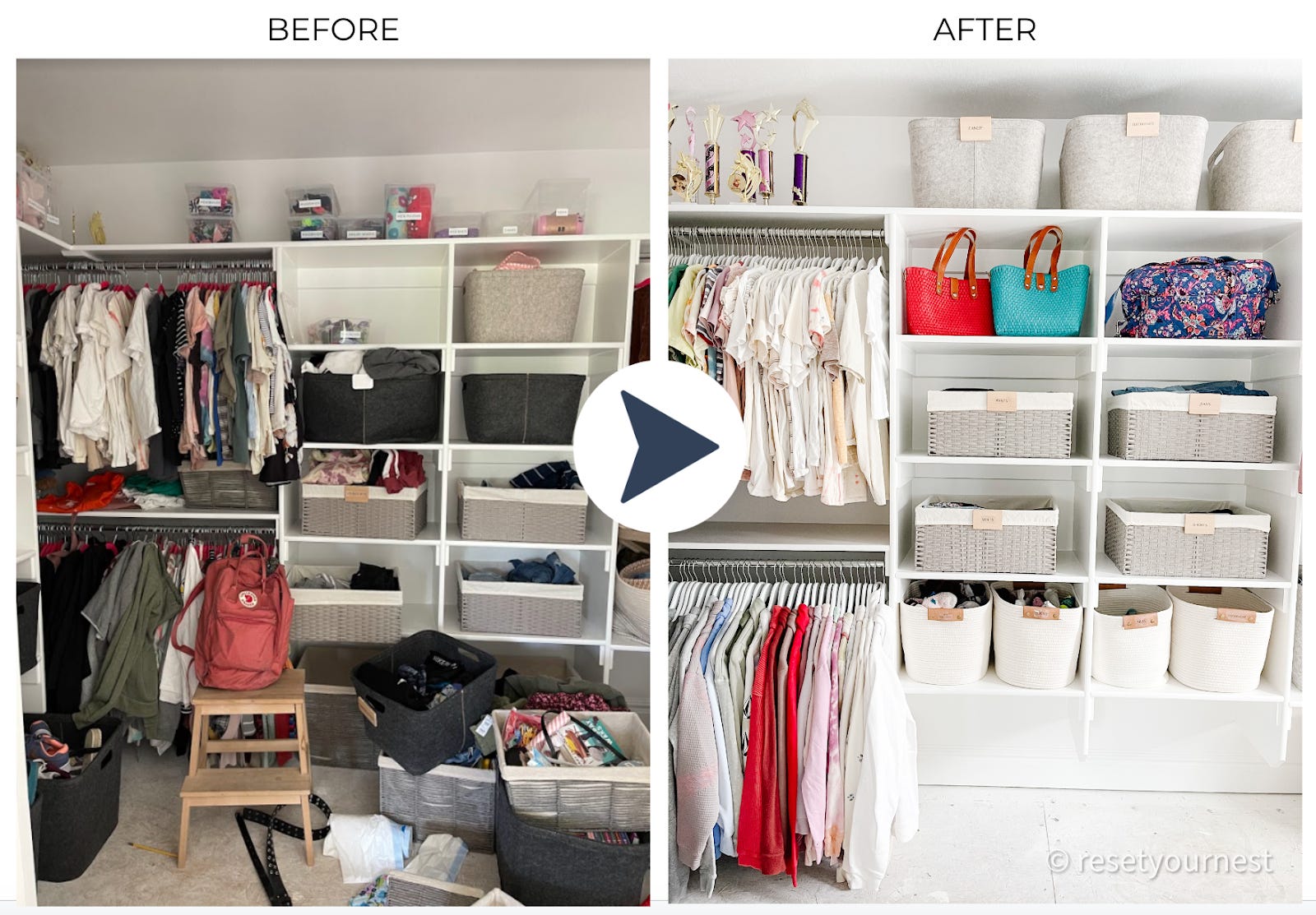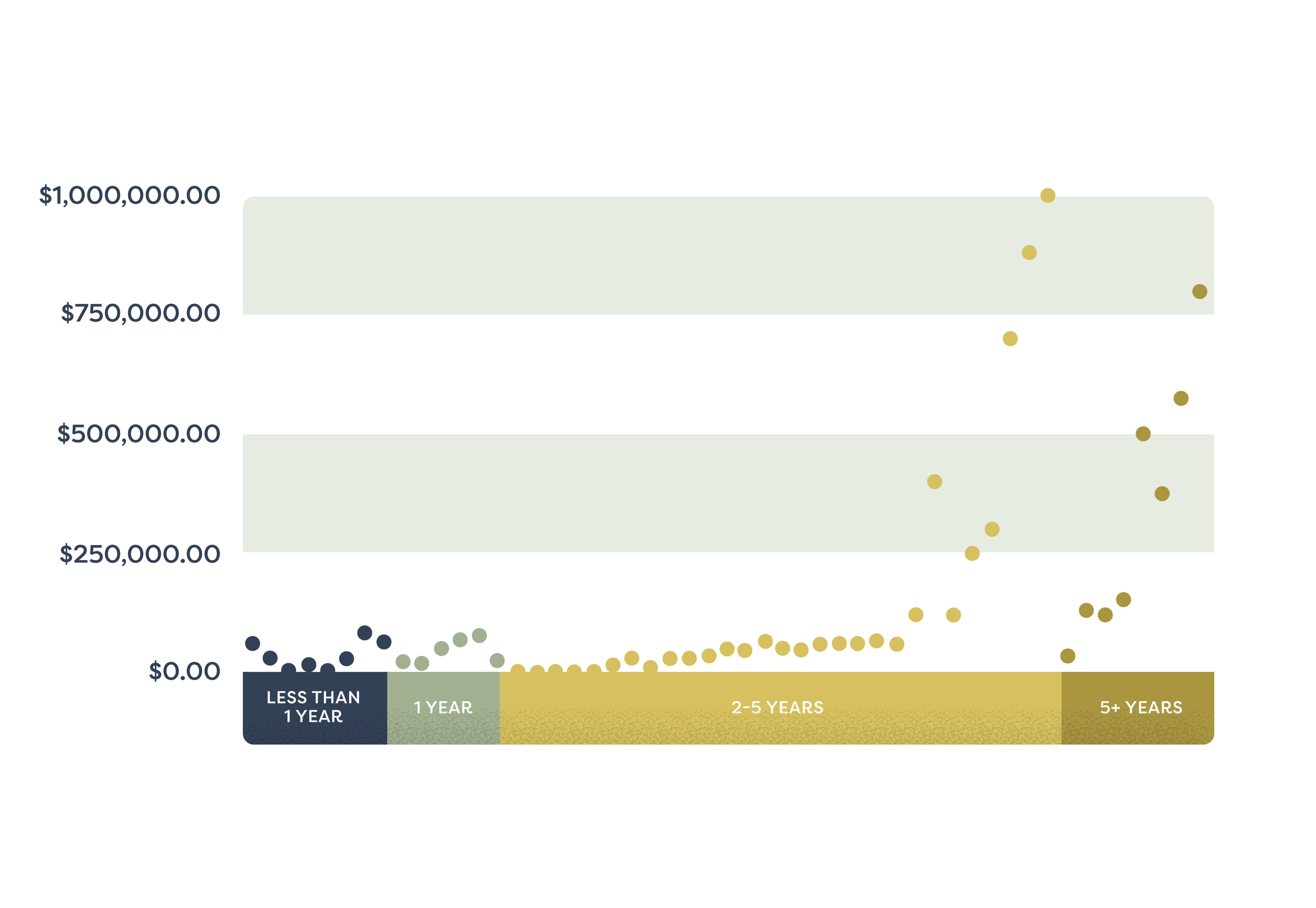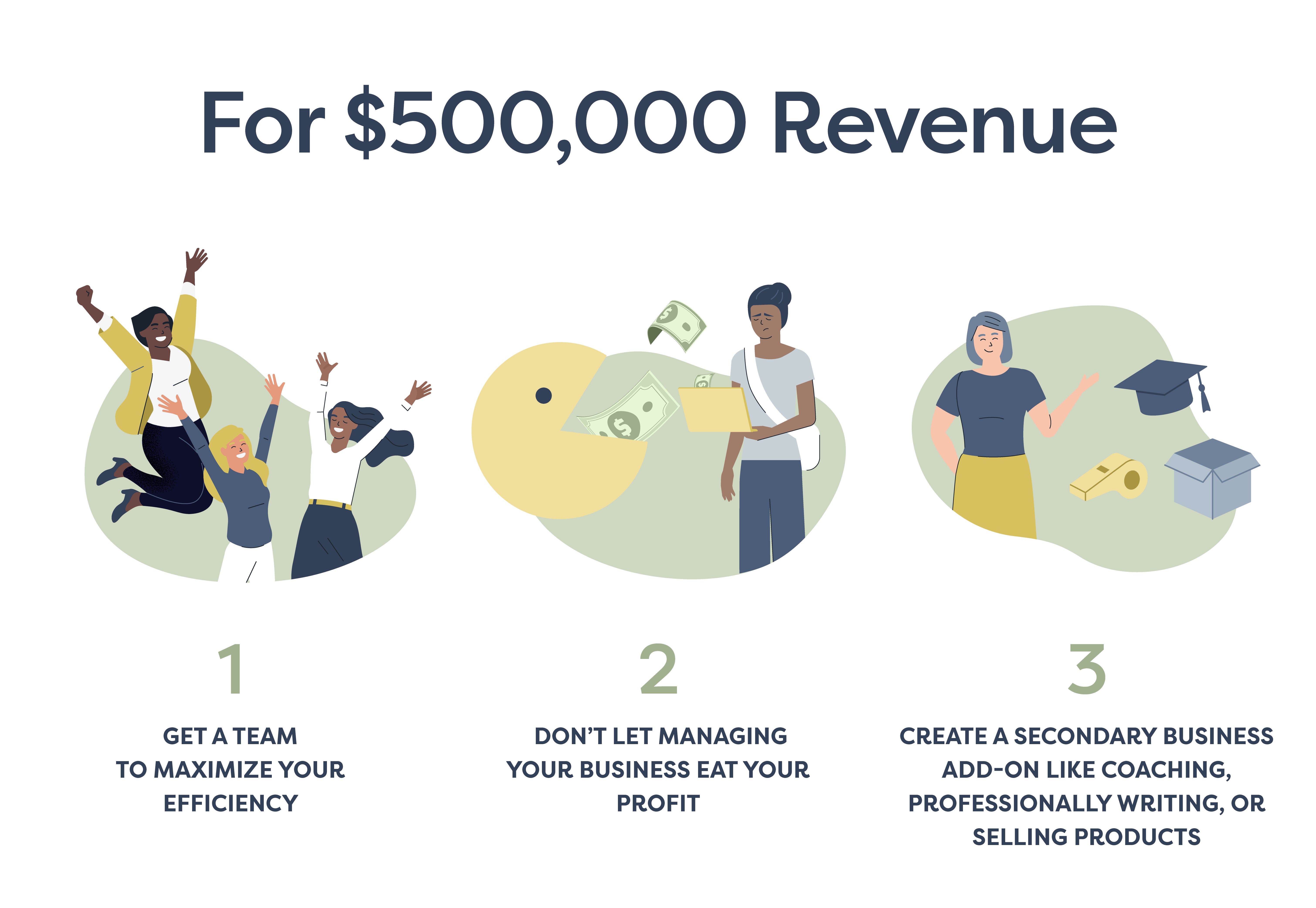Inside the business of home organizing: By the numbers
This is the second in a three-part series about the business of home organizing.

Great national industry data about home organizing in the United States doesn’t exist.
To my knowledge, no major research team has looked at this small but growing industry. Occasionally, when researchers are gathering information about home management or household chores, they will include a survey question about how organized a home is, but that’s about the extent of these questions. I have not seen any surveys specifically focused on understanding the growing number of organizers who focus on designing beautiful home spaces, even though it is a rapidly expanding market and community of service providers.
I’m a data nerd at my core, so I set about last year looking to learn more about the marketplace and business opportunities. After completing a literature review and discovering how lacking this research has been, I realized Reset Your Nest needed to gather the primary data on our own.
We started asking other organizers to come together in 2022 as a grassroots campaign to gather more information from anyone who was willing to talk about how the business of home organizing was working for those operating their own businesses.
Many of the home organizers heard about us while attending the How To: Summit conference hosted by the Home Sort and presented by mDesign.
There are dozens of organizing conferences each year, with the biggest being NAPO for more generalized organizers. What makes the How To: Summit worthwhile is that it has become a gathering place for organizers specifically interested in a design-focused home organizing style. It is a fantastic place to build community and learn what others are doing to be successful. We love the collaborative spirit of the conference and the ways organizers across the country generously share and support each other at this gathering.

At the conference last year, we surveyed 54 home organizers in the US in 2022. Here’s what we learned.
The participants in our survey represent successful independent home organizing businesses from across the nation. We created our own market industry survey to let others share how they operate their business while collecting aggregate and anonymous data. We had hoped to hear from 20 or 30 people and were delighted when over 50 organizers opted into a collaborative conversation and agreed to share their information in return for a better understanding of what’s happening nationally and how they fit into the home organizing industry ecosystem.

Our data set is useful because we were able to hear from organizers who have been building their companies and working in the industry for a while. In addition, if we roughly estimate that there are 5,000 (or more!) home organizers, this sample set is at least directionally representative of what we might expect to find if we went out to a larger audience.
71% of home organizers make less than $75,000 per year in revenue
Market research is usually directional, and after obtaining the permission of the participants last year in our community Facebook group, we are excited to share what we heard from these organizers.
What surprised us!
Many of the survey participants reported building their home organizing business for 2+ years. The first finding that immediately surprised us was that even among those we consider the best of the best, 71% make less than $75,000 per year in revenue. Only 10 of the 51 organizers who answered the revenue question reported their 2022 revenue to be more than $100,000 in a year. The highest reported revenue was $1,000,000—by an individual who has created various courses for homeowners and aspiring organizers to learn her craft. On the opposite end of the spectrum, in our data set, no one who had been in business for less than 2 years made more than $65,000 in revenue.
2022 Annual Revenue

For those few who are making more than $500,000, how are they doing it?
This survey taught us that many profitable home organizers are more than home organizers. About half of those earning a high income augmented at least part of their profit with content creation or inventory sales that scale beyond the clients they serve yearly. Our research suggests that high-income earners engage in the following business model options:
1. Build a big team that can take on 150+ clients a year
One organizer can’t serve enough clients to earn this much money alone, but they can manage a big operation and reach enough clients with a couple of teams of organizers to split the work. For organizers who go this route, be prepared to stop organizing and start spending a lot of time managing people and systems. Note that even if your team is making this revenue, you will be spending most of it on resources to deliver this service. (Stay tuned for Part III to crunch the numbers on this option.)
2. Teach others and charge an education or convening fee
Of the six organizers we surveyed in 2022 making $500,000 or more, three created an additional profit line by selling their success and sharing what they had learned with others. Successful organizers were teaching courses on how to create an organizing business or running master classes with the intent of helping other individuals either start their businesses or improve their operations and sales.
3. Create entertainment content and sell either the content or the advertising space
Beyond the data we reviewed, we see examples of other organizers across the organizing industry creating entertainment in the form of books, speaking tours, and TV shows. We love some of the organizers who have helped prepare the industry by creating great books or TV shows. Shira Gill and The Home Edit are both fabulous, and we highly recommend them if you enjoy organizing! (Reset Your Nest is featured in Shira’s most recent book, Organized Living. We love her!)
4. Get acquired by a container store, such as the Container Store mDesign, Whitmor or supply your own products and containers.
Recently, we interviewed an organizer who had been acquired by the Container Store. Ultimately, she reported that the role and offer were not a fit, and she forfeited her acquisition purchase and left the agreement, preferring to stay in an organizing role. The Container Store looks to be trying this option in Dallas and Chicago so far and may be expanding. It is still being determined whether this trade will be profitable for individual organizers because the average home jobs performed for clients who book directly on the Container Store website are much lower. Additionally, they are unlikely to be available to acquire most of the 5,000+ organizers working across the country. In addition to getting acquired, a few organizers are creating various forms of partnership with these brands and helping to promote or sell their containers. (In the interest of full disclosure, Reset Your Nest was selected as an Ambassador for the Container Store this year, and we’ve been working for that distinction ever since launching in 2020.)
Until this spring, the most successful example of getting acquired was the Neat Method, acquired by Whitmor. However, they just announced in May that they bought back the Neat Method. The founders will continue offering services and selling their line of Neat Method containers. In a recent article COO and co-founder Marissa Hagmeyer said, “It’s essentially like we launched a second business.” They self-report being valued at $15 million.

Earning above $500,000 in revenue as an organizing company is incredibly hard and does not result in a guaranteed personal profit if the operating costs and management time are still greater than the income.
Even those making mid to high-six figures in revenue were not reporting take-home salaries above $100,000. A lot of the money is staying in the business or being spent to create better systems and tools.
Insight #1: The first step to growing a business with revenue even above $100,000 requires building a team.
Working as an organizer has caps because there are only 24 hours in a day. Home organizing only scales with more people to distribute the manual labor of placing every item in a home to make it look beautiful and thoughtfully organized. But it comes at a profit cost of paying and managing this larger team and operating a larger business. Personal take-home profit is not the same as high revenue, and it can be hard to achieve profit, even at more significant revenue numbers.
Insight #2: Even organizers with larger teams and hundreds of clients each year struggle to take home six-figure salaries.
(Unless, per the finding above, they have a thriving secondary form of income beyond their team, like classes or product sales.)
The amount of profit that each small business owner takes home varies significantly. Businesses range from LLCs to S-Corps to C-Corps, and each owner has personal discretion about how much work they choose to do and how much they outsource for marketing, legal, payroll, inventory management, and client relationship management with invoicing included. Some are investing in tools to simplify the work but paying additional fees for those tools, while others are putting in the time to solve on their own and keep the money. That said, our data did not show one individual who claimed to personally be paying themself more than $100,000. This doesn’t mean that no organizers are making this much money, simply that it wasn’t reported by the 54 participants in our survey. The revenue might have been there, but the money was being held by the business and reserved to fuel the business costs and operations.
Insight #3: Secondary forms of income are important to achieve higher earning potential.
In the next tier, we saw that most businesses making between $100,000 and $500,000 exclusively operated as organizers and worked to grow into 100–200 clients they could service each year. We learned that even these highly successful businesses were struggling to make a meaningful take-home income after all the work of establishing their business. We were surprised that, despite how successful Instagram makes home organizers look, the organizers with high revenue were likely to have a secondary income line—and even then, it is unclear if they are taking home a high personal salary.
We organize for many reasons, but home organizing is primarily a business, and money is an important factor. It looks so profitable, but these insights have given us a reason to pause and dig deeper and better understand revenue and profit. Sometimes, when I talk about the money it makes fellow organizers uncomfortable. As a fledgling industry, we are not used to talking about money or sharing transparently how much we make with an analytical lens. But talking about what the business is earning and what individuals are personally making is critical to uncover where there is real earning potential and where financial success is an industry illusion.
Getting into the nitty-gritty
Now that we’ve discussed general trends, it’s time to dive deeper. In Part III of this series, I will share specific examples of revenue and profit (spoiler: or the lack thereof) that individual organizer companies report as they attempt to grow.
